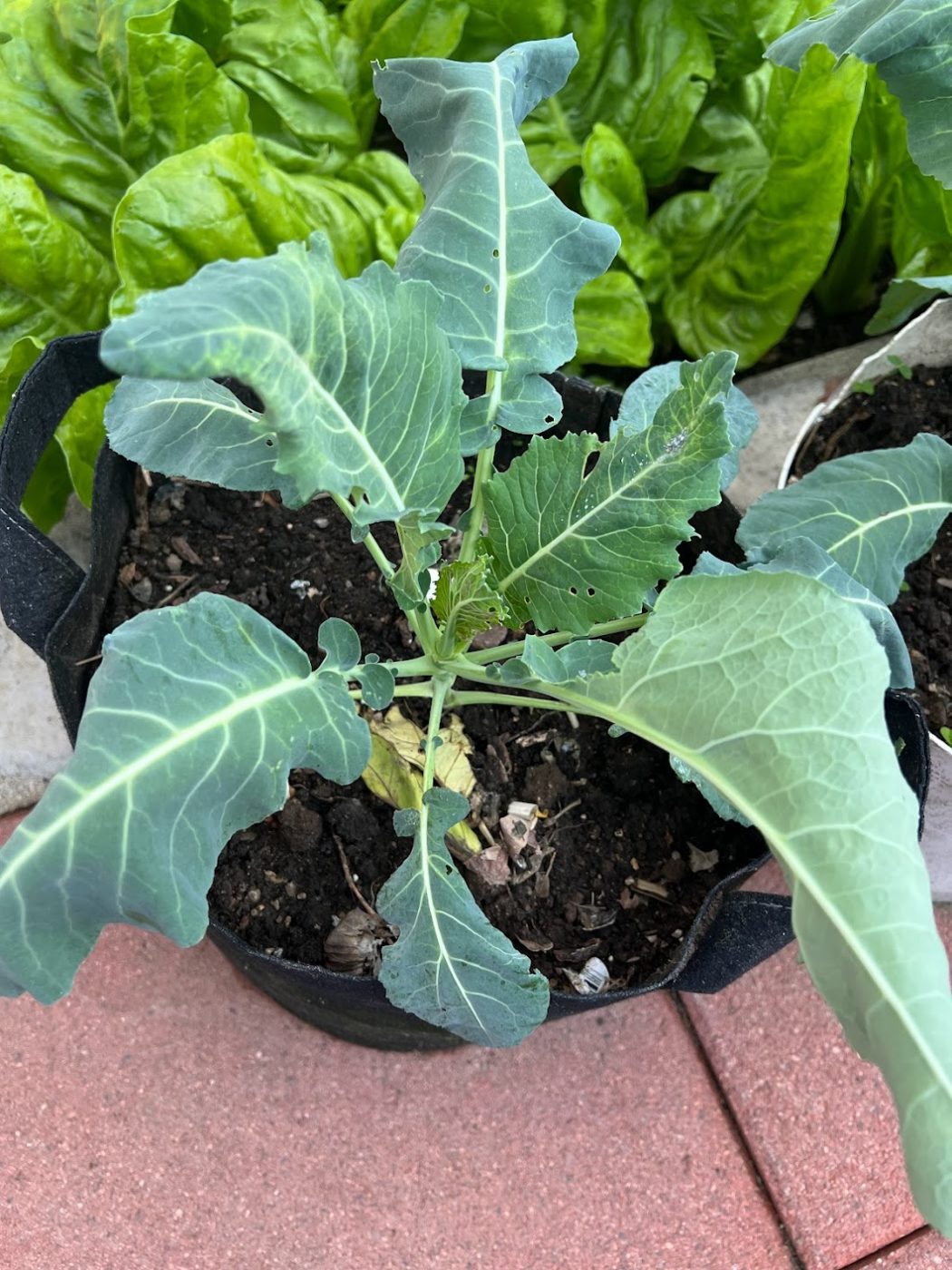Grow bags are a fantastic solution for gardening, offering excellent drainage, root aeration, and flexibility for those who may not have access to traditional garden space. Whether you’re working with a patio, balcony, or even a small backyard, grow bags can be used to cultivate a wide variety of plants. The question is, which plants offer the most value, both in terms of yield and usefulness?
Here’s a list of some of the best and most useful plants you can grow in a grow bag, particularly if you're looking to save on grocery bills.
1. Tomatoes
Tomatoes are a classic option, and for good reason. Varieties such as cherry tomatoes or vining types like indeterminate tomatoes perform exceptionally well in grow bags. You can expect a high yield from a few plants, and there’s nothing like the taste of a fresh-picked tomato. The advantage of growing in a grow bag is that you can easily move them to ensure they get plenty of sunlight. A 5-gallon to 10-gallon grow bag is typically ideal for these.
Top tips:
- Opt for heirloom varieties for unique flavors.
- Add a trellis or cage to your grow bag to support vining tomatoes.
2. Peppers
Peppers, especially bell peppers and hot varieties like jalapeños, do well in grow bags. They’re relatively low-maintenance, and their compact size makes them a great candidate for smaller spaces. Plus, peppers can be expensive at the store, so growing your own can cut down on grocery costs.
Top tips:
- Choose a sunny spot, as peppers love heat.
- Use 3-5 gallon grow bags for optimal growth.
3. Herbs
Herbs such as basil, cilantro, thyme, and rosemary are high-value plants that grow incredibly well in smaller grow bags. Fresh herbs are often expensive and don’t last long when bought from the store, so growing your own can be both a culinary and financial benefit.
Top tips:
- Basil thrives in grow bags, and you can even freeze pesto for year-round enjoyment.
- Harvest herbs regularly to encourage more growth.
4. Leafy Greens
Spinach, kale, lettuce, and arugula grow quickly and can be harvested multiple times throughout their growing season. These greens do best in cooler weather, so you can even grow them in spring and fall. Grow bags allow you to move your greens to shady spots in the heat of summer or keep them indoors during frosty conditions.
Top tips:
- Plant densely, and keep harvesting leaves to promote new growth.
- Use shallow grow bags, like a 3-gallon size, for best results.
5. Bush Beans
Bush beans are perfect for grow bags because they don’t require staking like pole beans. These plants are compact and provide a good yield of beans that can be eaten fresh or preserved.
Top tips:
- Keep the soil moist to encourage consistent bean production.
- Plant them in grow bags at least 7 gallons in size.
6. Strawberries
Strawberries are expensive to buy but easy to grow. These fruits do particularly well in grow bags since the bags prevent the fruit from touching the soil, reducing the risk of rot. Grow bags can also be hung or placed in compact spaces, making them ideal for smaller gardens.
Top tips:
- Use a 5-gallon bag per plant for best results.
- Consider "everbearing" varieties for continual harvests.
7. Zucchini and Summer Squash
Zucchini is a high-yield plant that produces large amounts of vegetables, making it a great option for a grow bag. Though the plants themselves can get quite large, they thrive in a deep grow bag where their roots have plenty of room to expand.
Top tips:
- Use a grow bag that is at least 10 gallons.
- Keep the soil well-watered and fertilize regularly for the best production.
8. Potatoes
While potatoes take up a fair amount of space, growing them in a grow bag can give you a steady supply of spuds with minimal effort. The key benefit is that harvesting is much easier—just dump the bag out when they’re ready! Grow bags allow you to mound soil as the plants grow, encouraging a higher yield.
Top tips:
- Opt for a 15-gallon grow bag or larger.
- Choose early varieties for quicker harvests.
9. Carrots
Carrots grow surprisingly well in grow bags, especially if you’re working with limited ground space. Deep-rooted varieties will thrive in bags that are at least 12-18 inches deep.
Top tips:
- Make sure the soil is loose and well-drained to allow for straight growth.
- Thin seedlings to prevent overcrowding.
10. Berries
Blueberries, raspberries, and blackberries can all be grown in grow bags. These perennial plants provide long-term yields once established, and having them in bags makes it easier to manage their growth and protect them from pests.
Top tips:
- Ensure the grow bag is large enough for root expansion—around 15-25 gallons.
- Use an acidic soil mix for blueberries to mimic their natural growing environment.
Conclusion Grow bags are an excellent investment for growing high-value crops in small spaces. With the right selection of vegetables, fruits, and herbs, you can maximize your yields and even offset your grocery bill. Whether you’re a beginner gardener or a seasoned green thumb, these plants will offer a great return for your time and effort. Happy gardening!















